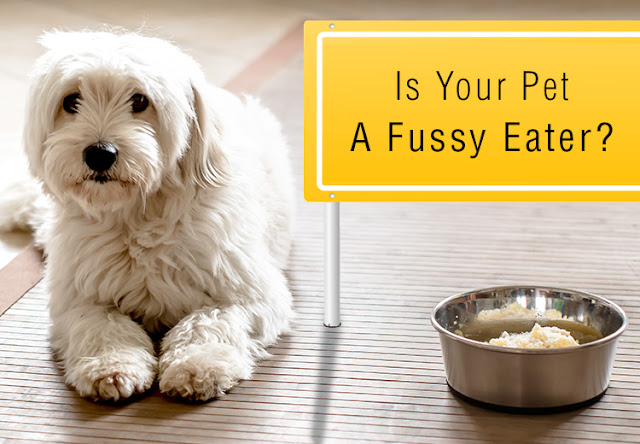A Brief Guide: Pet First Aid Basic Tips for Pet Owners
What if suddenly your dog cut himself or got a hot blister unknowingly?
What would you do if your dog ate that chunk of bone from your dining table and choked himself.
What if your cat suffered convulsions right in front of you?
What would you do in case your dog fell from stairs and couldn't able to walk straight?
These are some of the situations that any pet parent can face having a lovable companion. Mostly you are not aware of what would you do in the first place when your pet faces any of these situations. And, the time we release, the situation has worsen and goes beyond our hands. Rather than letting your furry pal divulge in the sad condition, get yourself acquainted with the first aid tips that would really help in saving your four-legged pal.
Here are some of the first aid steps to follow for the most common accidents that your pet may face.
Broken Leg Or Bleeding Skin
If you find your pet bone poking through, just call the emergency services or take him to the vet immediately. If there is an open wound, you can visit the vet soon, so bandaged the wounded area.
In case of bleeding, by applying pressure on the wound with your hands for 3 minutes or with the help of a bandage.
Choking or Airway Obstruction
Whenever your pet chokes, it is something that stuck inside his/her neck. Immediately call veterinary consultant office or take your furry pal to neighborhood vet consultancy. If you can see the object through the neck by the tongue not causing the obstruction, try to remove it gently. You can also follow Heimlich Manoeuvre technique but for this you need to be well trained or else you can follow these steps.
Hold the pouch in the upside down position by their back legs, and suspend in the air.
Strongly deliver a blow using your hand to the abdomen of the pet (be careful it shouldn't hurt your pet), in the area where limbs finish and the abdomen starts.
Repeat 4 times.
Convulsions (Fitting or Seizures)
For seizures or convulsions, follow these first aid tips
Remove any danger near from your pet, put down the lights and keep the room quiet. Do not try to touch or move your pet until the convulsion has stopped.
If unconscious, check your pet's breathing and ensure no airway obstruction is present.
Never place fingers into your pet's mouth during seizure or try to restrain your pet during this condition.
In the convulsing state, do not try to feed or give water to your pet.
Reassure your pet whenever he/she comes out of the situation.
Do not delay to visit your vet after the convulsion is stopped.
Penetrating wounds
Sometimes, by accident, a pet can have deep wound by an object striking in the skin. In such situations, you need to be very much careful while handling your pet.
What first aid would be helpful?
- Do not try to remove the item.
- If possible and without causing any damage to your pet, try to cut down the protruding part of the foreign body to 3-4 cms, that is above the skin level.
- In case the wound is near the chest, never try to move the object, also restrict the movement of your furry pal. If possible wrap the chest, covering the wound with the plastic wrap, without putting any pressure on the impaled object.
- Control bleeding, but remember not to apply too much pressure to the penetrating object.
- Keeping pet warm, see the vet immediately.
Following some of the above instructions, you can support your pet and lower the risk of worst situations until you reach veterinary office for the treatment in case of accidents.
This blog on Pet dehydration also help you : How To Tell If Your Pet Is Dehydrated?
This blog on Pet dehydration also help you : How To Tell If Your Pet Is Dehydrated?



Comments
Post a Comment